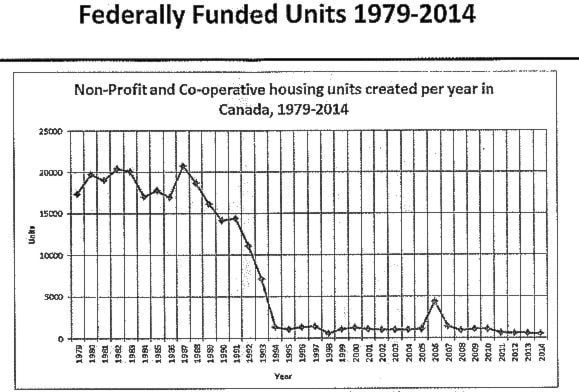One of the key indicators of a healthy community is safe, secure, affordable housing.
Dawn Dunlop, executive director of the Canadian Mental Health Association and a board member of the BC Non-Profit Housing Association (BCNPHA), emphasized that message at a housing forum in Salmon Arm in January as well as at a city planning meeting last month.
Based on that message, much work remains to be done in Salmon Arm and the Shuswap. Currently, the rental vacancy rate in Salmon Arm is listed at 0.5 per cent.
Jane Shirley, executive director of the Shuswap Area Family Emergency (SAFE) Society, has witnessed the difficulties women fleeing domestic violence face when trying to find housing.
“It is often a challenge for women, with or without children, to find safe, affordable housing within the City of Salmon Arm. While there is access to affordable housing units, there often can be a long wait list and specific criteria that need to be met before a place can be secured,” she states. “In our recent experience, it is even more of a challenge for woman who are 55-plus.”
She notes that alternatives for younger women can include couch surfing, or renting a room in an unsafe location.
“If women, with or without children, are on assistance, it is even more challenging to find a landlord that will rent to them. Some people have had to sleep in their vehicles and others have had to tent until a place has become available. Some have to leave the community to find a substandard room or rental place that they can afford. This often means leaving their support systems and family.”
Dunlop explained to city council she is also executive director of SILA, the Shuswap Independent Living Association, and together SILA and CMHA operate about 150 units of housing in the community.
“Why housing and mental health together?” she asked.
“If you live with a mental illness and are doing well, you have safe, secure and affordable housing. That’s when you can work on other aspects of your life.”
City council and staff outlined steps the city has taken to encourage affordable housing, such as approving secondary suites, multi-family developments and carriage houses, and providing density bonusing – when developers, for instance, are allowed to build more housing units than normally permitted, in exchange for providing some affordable units. As well, the city provides permissive tax exemptions for more than 25 non-profits, some of which are involved with housing.
Dunlop agreed that municipal governments should not be in the business of running affordable housing, but they can foster an environment where it will flourish. She said any municipality can improve on what it’s already done.
Coun. Louise Wallace Richmond noted that Dunlop said one of the challenges is to be ready if the provincial or federal government announces funding.
“The social impact committee will look at what we can do to be ready in case the funding comes forward.”
At the housing workshop, a representative of the Canada Mortgage and Housing Corporation (CMHC) said the federal government in 2016 announced $2.3 billion over five years for affordable housing to be transferred to the provinces for use at their discretion. He described CMHC’s Seed Funding program, which can provide a grant up to $50,000 for affordable housing or an interest-free loan up to $200,000.
Representatives of BC Housing noted that to be successful when government funding announcements are made, it’s important to have a plan in place, as well as land identified.
Meanwhile, in October 2016, BCNPHA made recommendations to the federal government, which included creating a crisis-response framework to end homelessness in B.C. and Canada.
To the province, the association suggested that an annual investment of $500 million be made and investments be prioritized for new affordable housing and capital repairs on existing supply; and a new provincial plan be created and funded to reduce homelessness.
Dunlop called on all levels of government and types of organizations to work together without competing, noting that the federal government needs the provinces, and the provinces need the non-profits.
“The last thing – it doesn’t have to be perfect, so let’s just start.”
